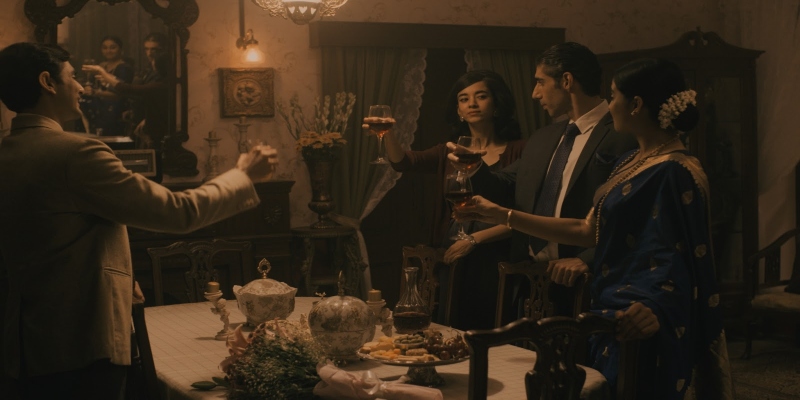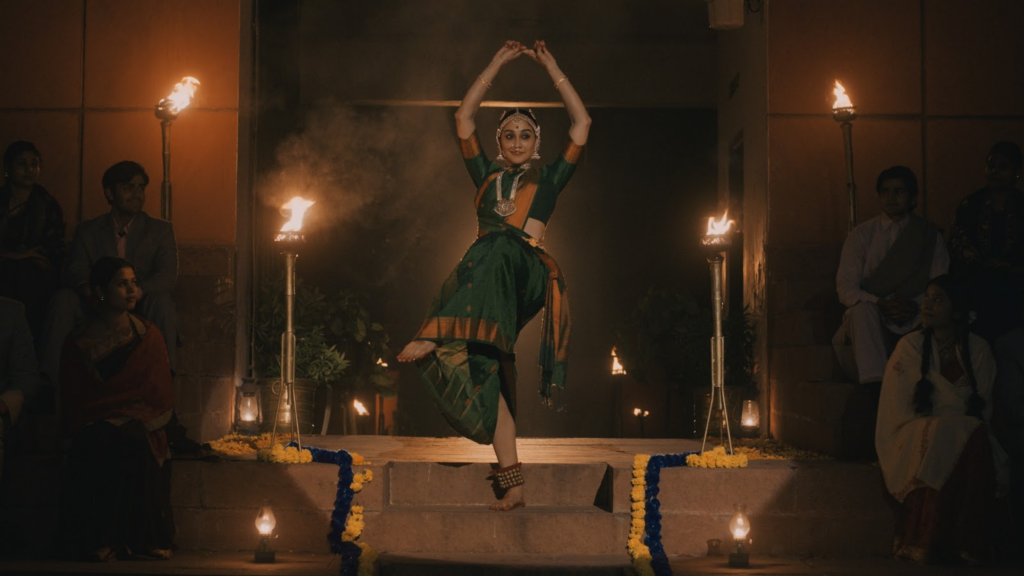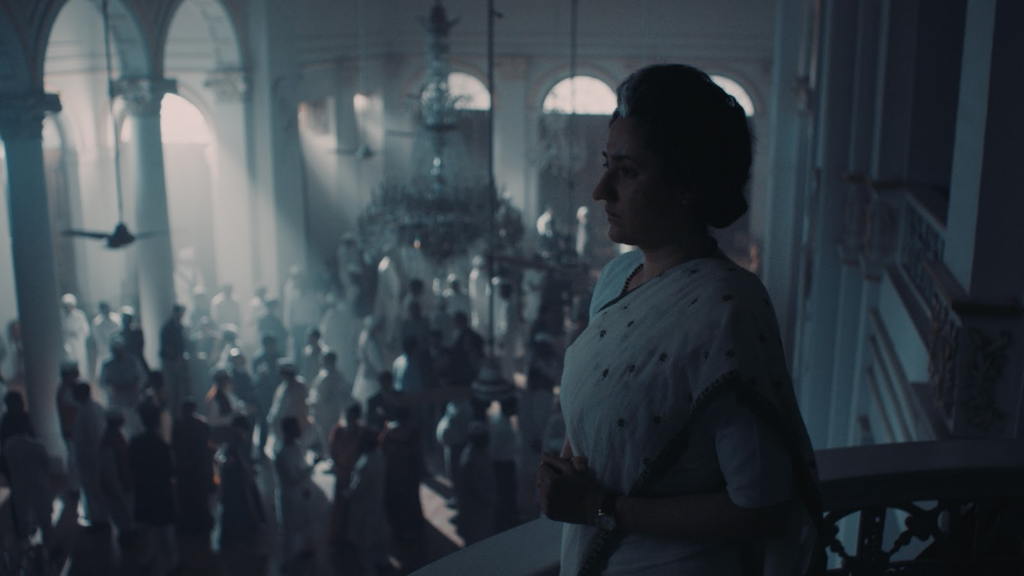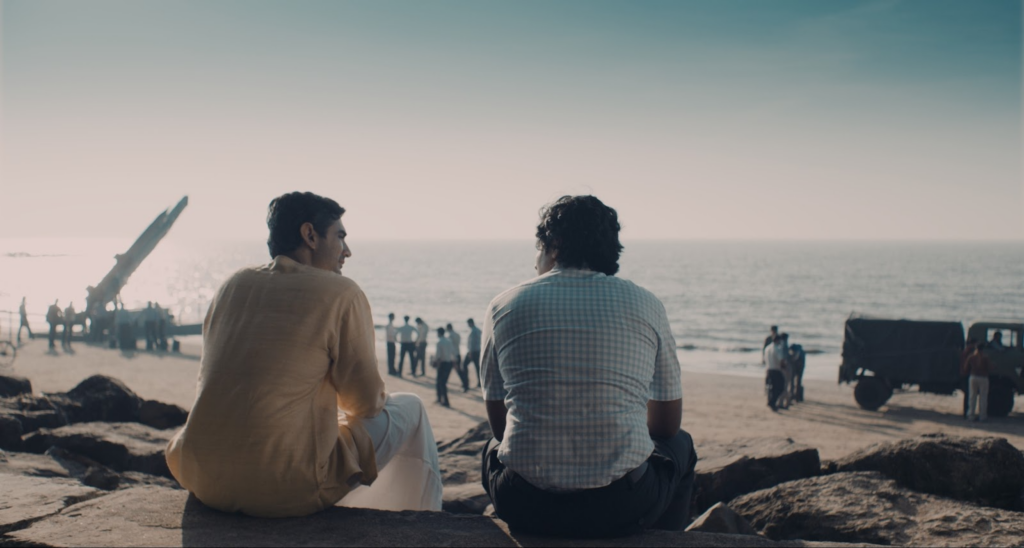
Having already successfully completed colour work on the first season of the show Rocket Boys, FutureWorks was asked to bring its colour grading expertise to the show’s second series.
FutureWorks provided all of the colour work for the second season of Rocket Boys, the hugely popular historical drama from the Indian streaming platform SonyLiv. FutureWorks also provided all cameras and optics for the show, collaborating closely with the directorial team to develop shooting LUTs (Lookup Tables). Based on the true story of two of India’s greatest scientists, the show focuses on these two pioneers and how they worked to establish the newly independent India as a world power, through nuclear power and a presence in space.
Rocket Boys presents a fictionalised account of this era-defining story with Jim Sarbh as physicist Homi J. Bhabha — Nobel Prize nominee and the father of India’s nuclear program — and Ishwak Singh as Vikram Sarabhai — physicist, astronomer, and the brains behind India’s first national space agency.
Season two picks up the story in the early years of India’s independence, documenting the scientists’ quest to turn it into a nuclear nation. As a period piece, starting in the 1940s, and going up to the 1970s, the look of the show was crucial. Having already helped to define the visuals for season one, FutureWorks helped to carry these aesthetics across into the follow-up.
FutureWorks senior DI colourist Tushar Desai said, “We wanted to achieve an authenticity that was faithful to the time period. The look is incredibly distinctive — you can tell from a single scene that this is from Rocket Boys.”
Bringing the past to life
As the plot jumps back and forth, the aesthetics act as a signpost for viewers to signify when the scenes are taking place. The director, Abhay Pannu, knew that two distinct looks for the two eras were needed — the turning point of the change being India’s defeat in the 1962 war at the end of season one. To show the time transition, the FutureWorks team experimented with different colours and aspect ratios. While the first season is shot mainly in 2.35:1 widescreen, the second shifts largely to 2:1.
DoP Harshvir Oberai explained, “The past had a red shift in the highlights and a blue shift in the mids. The highlights were rolled off very heavily and the green hues were shifted towards yellow so that the grass wouldn’t stand out and blend into the palette, which was almost monochromatic for a major chunk of the first season. The present look was quite the opposite of that. We went with deeper blacks, shifting the green hues to cyan, and moving the reds towards a dirty yellow, which would cut the red from our tungsten sources. This helped with the espionage plot and the genre shift that happens at the end of season one.”
Having already helped to establish the visual style of Rocket Boys in season one, Harshvir and Rahul Purav, head of colour at FutureWorks worked together with the rest of the team to create two LUTs to act as a reference point for what the colours would look like. Desaid said, “They used these on set to help finalize the whole frame. So, if there was anything they wanted to change, they could do it during the shoot itself.”
For the LUTs, the team initially started working backwards from Rec 709. Oberai said, “But 709 felt too harsh and sharp for the ‘period look’ so we used some film emulation presets from Baselight and merged all the tweaks we had made to the standard 709 LUT into the Baselight film emulation.”
He added, “The result was an almost log-like LUT with a colour shift very characteristic of the Kodak 250D and 50D film stock, along with the elements we had locked in for both the looks, past and present. When we got to the grade, we used this LUT as a starting point, but pushed the grade way beyond the shooting LUTs scope especially for season two.”
While season one of Rocket Boys was created in SDR, the team had the extra challenge of working in an HDR workflow for season two, to meet the Dolby Vision standard. Desai explains, “Since the LUTs, and look and feel, were not designed for HDR, we had to rework our pipeline for this season. With the increased level of detail available in the Rec. 2020 colour space, and the fact that our desired look was characterised by low contrast and darker tones in some areas, it took us some time to adjust and achieve a similar look and feel while still preserving the essence and texture of the show.”
Tackling time constraints through efficiency
Colour grading in filmlight’s baselight, the same FutureWorks team worked across both seasons of Rocket Boys, with only around nine months between delivery for each. The biggest difficulty for the team was the tight timeline, which saw them colour-grading up to 600 shots for each of season two’s eight episodes, in just 20 days. “The time constraint was a major challenge. We couldn’t start work until the VFX shots arrived from another vendor, which meant we only had a very small window for colour grading,” said Desai.
Among the more complex sequences were a rocket launch, and an atom bomb detonation. Both were shot in the desert and involved a high degree of VFX, so there was a lot of colour work to add, in a short space of time.
“I was very keen to work on this project — both the DoP and director are fantastic, and you always want to collaborate with talented people. The director was very involved in the process and was confident about the cinematography, as well as the grading. Everyone had a clear idea of how they wanted things to look, which enabled us to work really efficiently,” added Desai.

Oberai said, “Tushar really understood what we were going for with Rocket Boys and then took it many notches higher. What’s amazing is that it all had to happen very fast, and decisions had to be very intuitive since the timeline was so tight.
Apart from the distinguishable grade of the two timelines, Rocket Boys needed a lot of texture and film effects work for the news reports and home videos. We shot these digitally but wanted them to look like 16mm or 8mm film. Tushar’s experience as a VFX Supervisor really helped us achieve this very quickly and assuredly.”
FutureWorks CEO Gaurav Gupta says, “We’re really pleased to be asked to continue our work on Rocket Boys, following the massive success of the first season. It was a privilege to help bring such an important story to life with a bold, authentic aesthetic.”


